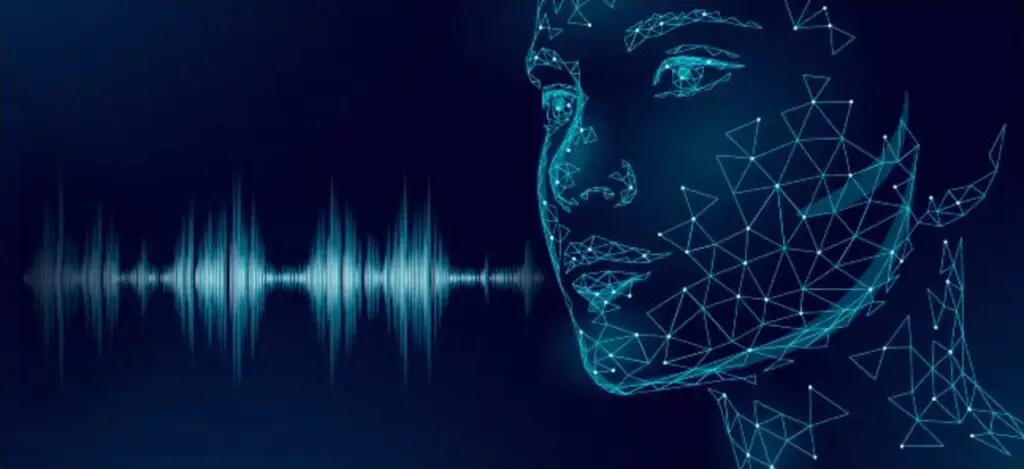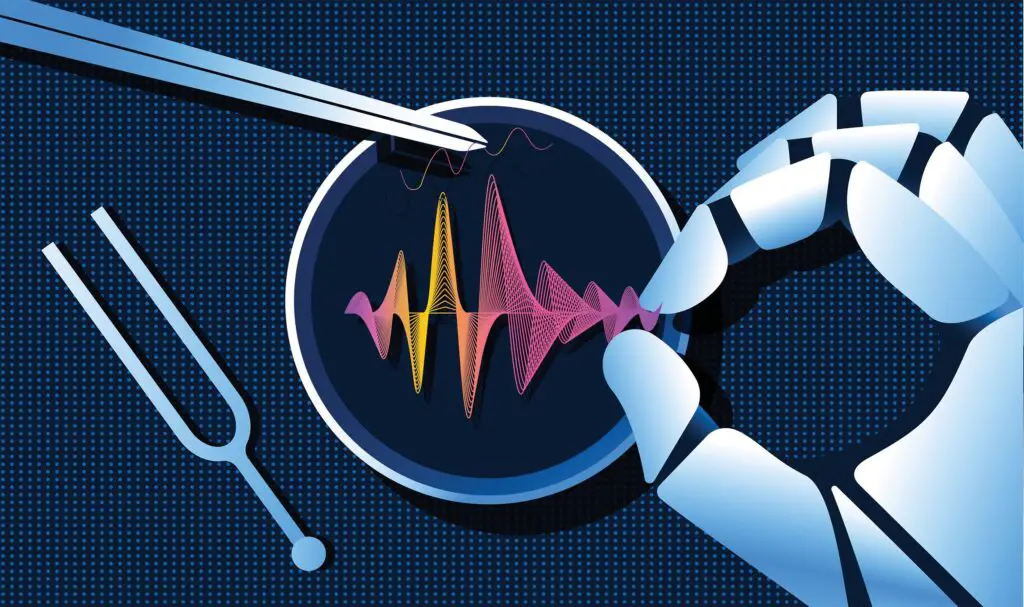In 2025, deepfake voice technology is advancing at a rapid pace, making it increasingly difficult to distinguish real human speech from AI-generated audio. While this innovation opens exciting doors in entertainment and accessibility, it also introduces serious risks related to fraud, security breaches, and misinformation.
What Is Deepfake Voice Technology?
Deepfake voice technology uses AI algorithms, especially deep learning and neural networks, to clone a person’s voice based on a small set of recordings. These systems can:
- Replicate tone, accent, and emotions.
- Create realistic conversations.
- Imitate any person with alarming accuracy.

How Deepfake Voices Are Created
The process behind deepfake voice creation includes:
- Data Collection: Gathering a few minutes of target audio.
- Model Training: Using neural networks to understand speech patterns.
- Synthesis: Generating new audio that matches the voice.
With powerful open-source tools now available, creating fake voices is easier than ever before.

Major Risks of Deepfake Voice Technology
While deepfake voice technology has legitimate uses, the risks are massive:
1. Identity Theft and Scams
Cybercriminals can clone a person’s voice to:
- Trick relatives into sending money.
- Bypass voice authentication systems in banks.
- Conduct phishing attacks.
2. Corporate Espionage
Fake audio calls can:
- Mislead employees.
- Leak confidential information.
- Authorize fraudulent transactions.
3. Political Misinformation
Deepfake voices could be used to create fake speeches or interviews, spreading disinformation during elections or major events.
Real-World Examples of Deepfake Voice Attacks
- In 2023, a UK energy firm was scammed out of $243,000 after an executive’s voice was cloned.
- Cybercriminals are using AI voice tools to impersonate customer service agents and steal personal data.
- Fraud attempts targeting businesses increased by over 300% after the rise of accessible deepfake technology.
Fighting Deepfake Voice Threats
To combat these risks, companies and governments are deploying new defenses:
- Voice Authentication Upgrades: Using multi-factor authentication, not just voice ID.
- Deepfake Detection Tools: AI that identifies audio anomalies.
- Public Awareness Campaigns: Educating users on how to spot suspicious audio.

Tips to Protect Yourself Against Deepfake Voice Scams
- Always verify sensitive requests through multiple channels.
- Use strong authentication methods (e.g., biometrics, codes).
- Be skeptical of urgent voice requests for money or information.
- Stay updated on new AI threats and protection tools.
Conclusion: Staying One Step Ahead of Deepfake Threats
Deepfake voice technology will continue to evolve—both for good and for harm. While it has incredible creative potential, users must be aware of its darker side. By staying educated, verifying communications, and adopting new security measures, we can enjoy the benefits of AI innovation while staying safe from deception.
Want to chat? Contact us here!




